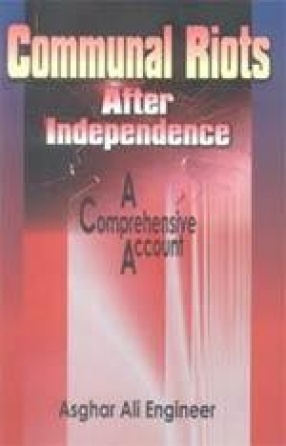The system of formal education made the beginning in the tribal state of Arunachal Pradesh in 1947 with the appointment of Mrs. Indira Miri as the first Education Officer at Sadiya. Within the sort span of a little more than 50 years the progress is satisfactory with 54.3 % literacy when it is compared with many states of India. However, the progress is not linear; a cursory look points to gender and regional gaps and low accessing rate to higher and technical education. The education scenario is an expression of success and constraints, initiatives and limitations. The present volume thematically deals with constraints, opportunities, initiatives, achievements and changing needs of education in the tribal state of Arunachal Pradesh after 1947 consequent upon the introduction of the planned approach to development of tribal people. Naturally, the range of issues taken up for discussion in the book is wide and diverse and includes policies and programmes with their shifting focus, organization, administration and management of school and higher education; identification of strength and weakness for a better planning and strategy formulation and many other such issues. The understanding of “Development through culture†lies in the background of discussion of the issues. The study, no doubt, is historical in approach and interdisciplinary in perspective. The author being an academic administrator, and having been a participant in the process of educational development, the study makes a balance between emic-ettic perspectives and bears empirical significance with theoretical underpinnings. No doubt, the book will come handy among the students of education, tribal studies, history, development studies and among the planners and bureaucrats as well to understand the issues of development in general and of education in particular in tribal societies.
WTO and Its Implication to Higher Education in India: Opportunities and Challenges
The book is concerned with ...
$36.90
$41.00





There are no reviews yet.